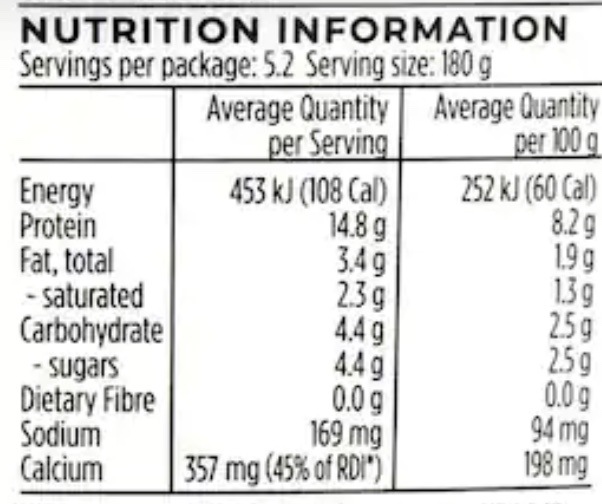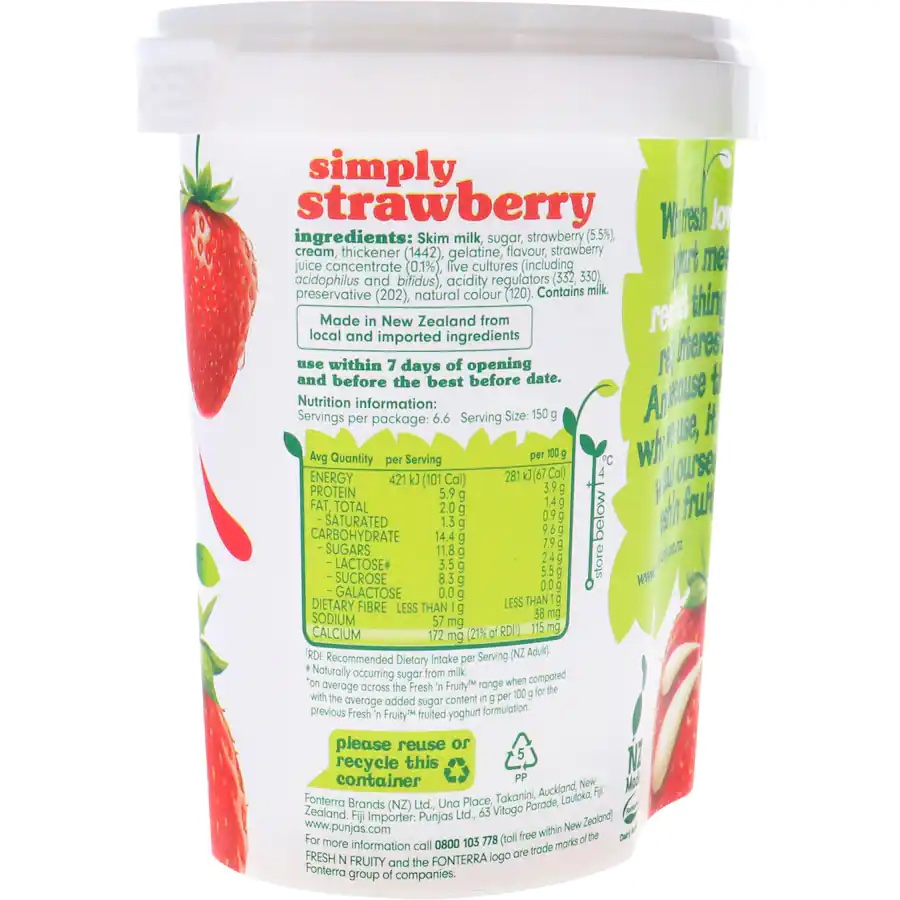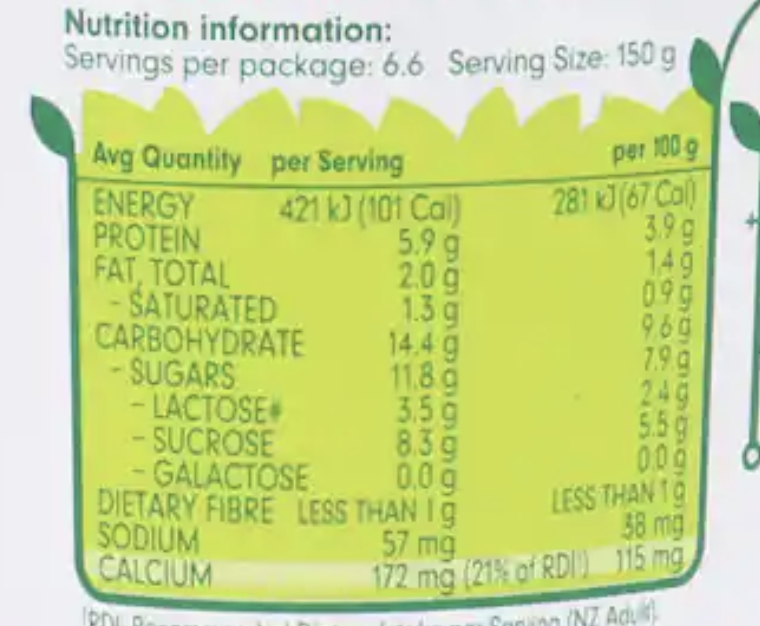Last month we looked at deciphering ingredients lists, so today we’ll dive into ‘Nutritional Information’ labels.
Much like the requirement to identify ingredients on food packaging, manufacturers have to include a macro breakdown on each food label sold in New Zealand. But what does macro mean?
Our food is made up of three macronutrients: protein, fat and carbohydrate, and despite popular belief, none of these are ‘bad’ for us, quite the opposite – we need all three to survive. The tricky part is below the surface: how much of the carbohydrate is made up of sugar, how much fat is saturated or trans fats (we don’t like trans fats). But let’s keep it simple, otherwise you and I will take up too much room in the supermarket aisle staring at labels with our calculator out.
Look for the (suggested) serving size, and the grams or millilitres per serving. Check this carefully, as sometimes a chocolate bar suggests three servings in one 45 g bar – who does that?! I suspect they’re doing it to make their numbers look better.
So, the macros list. The first column is based on a serving size suggestion, but you want to compare products to make sure you are comparing apples with apples. Rather than looking at the servings column, look at the 100 g/100 ml to the right. All labels (refer pictures) have the three macronutrients listed, along with a breakdown of each one.
Protein
This is good for us so the higher the protein numbers, the better. Winner: Greek Style Natural.

Fat
Despite taking a bad rap for some years, fat is not all evil, and we need it. The one to watch for is the saturated line, ideally aim to keep this to <3 g per 100 g. Trans fats aren’t good for us and unfortunately there’s no legal requirement in New Zealand to add these to labels. Good news is that many manufacturers include it, and you want this to state <1g. Winner: Simply Strawberry.


Sugar
We don’t label naturally occurring sugar in foods (ie, fruit sugars that could be accompanied by useful vitamins and minerals) versus added sugar (empty calories), so a blanket rule is to keep sugar to under 10 g per 100 g. But keep in mind what you are eating and be aware what that sugar might actually be. Winner: Greek Style Natural.

Sodium
Look for items with no more than 120 mg of sodium per 100 g. Too much sodium isn’t so good for us. Winner: Simply Strawberry.
These examples fall within our suggested upper limits, so any are okay. However, if you are looking for more bang for buck in your protein hit and keeping your sugar down, the clear winner is Greek Style Natural.
If you notice high grams of sugar in a product, but you can’t see the word sugar in the ingredient list and it probably doesn’t have naturally occurring sugar – beware. It can be disguised in other names. Look for sucrose, glucose, lactose, fructose, sorbitol, mannitol, corn syrup, honey, malt, malt extract, maltose, rice extract, molasses, golden syrup, and invert sugar – yes, it’s a minefield how sugar is disguised.
How much is needed of each macro on a daily basis depends on the individual – their age, activity and lifestyle. You can check online or using various apps but if you’d like some guidance, I am happy to help – let’s chat!
– Words by Rebecca Smith
Certified nutrition, health and wellness coach






